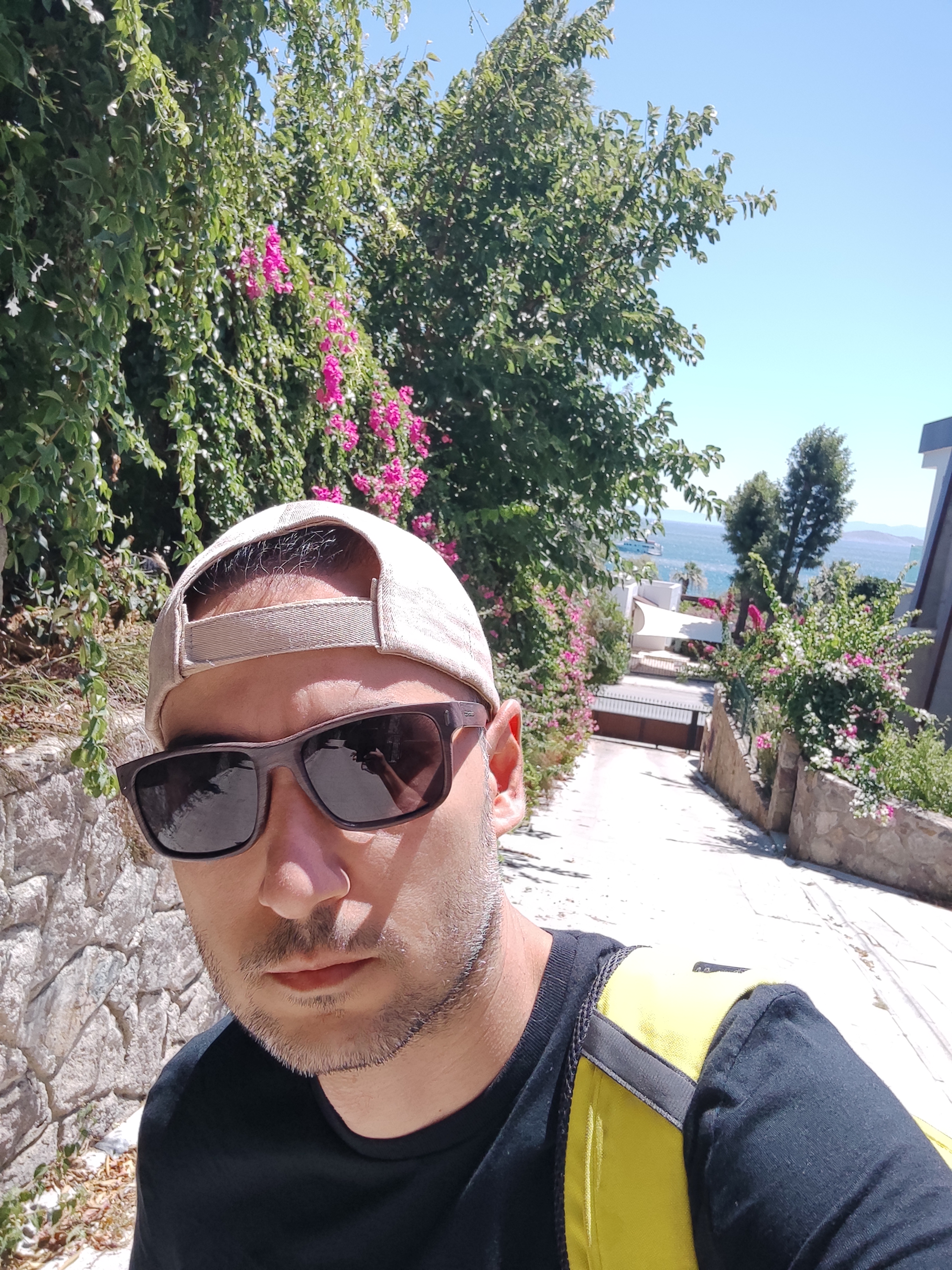Building Beandive: How I Launched a Coffee Price Aggregator in Just Two Weeks
 Enis Arik
Enis Arik
The Inspiration
I often found myself browsing multiple roastery websites to compare coffee bean prices. It was time-consuming and frustrating—not to mention that Turkiye likely has tens of roasteries, which made manual comparison nearly impossible. I wanted a straightforward way to see which beans fit within my budget. While some tools existed, none offered what I truly needed. So, I decided to build my own platform.
Tech Stack and Design
As a backend engineer specialized in Java, I chose Java/Spring Boot for the backend because of its stability, scalability, and static typing, which helps catch bugs at compile time. Spring Boot is also perfect for rapid application development.
The core functionality of the website involves scrapers that extract bean prices from different roasteries. I developed a handful of scraper algorithms designed for various site layouts. At the moment, 10 websites are covered by 7 distinct algorithms, but there’s room for expansion. More advanced, AI-assisted scrapers might be an option down the road, but the current setup is more than sufficient for now. A scheduler triggers the scraping process nightly and whenever the application restarts.
Given there are only around 100 coffee bean prices to manage, I opted not to use a database. All data is stored in memory (essentially a cache), simplifying the architecture. For the UI, I chose Thymeleaf, a server-side Java template engine, to fetch and display scraped data from server endpoints. It’s straightforward, reliable, and helps keep things fast.
On GitHub, I maintain my code in a private repository. For smaller changes, I commit directly to the main branch, while larger features are developed in feature branches (e.g., feature/add-this-feature). GitHub Actions handles the build and test process automatically for both pull requests and commits to main, providing a continuous integration (CI) workflow. Deployments, however, remain manual because I prefer to control production releases directly.
Deployment
I explored multiple cloud services like Heroku and DigitalPlanet but found their interfaces either cumbersome or too limited on their free tiers. Eventually, I discovered Render, a cloud application platrform with a clean UI and user-friendly setup. Deploying to Render is super simple: configure a few settings, link your GitHub repo. If you can dockerize your application, then it will deploy it from there.
Render offers a free tier where the resource is 0.1 CPU and 512MB RAM. It is more than enough for a small web application. Only caveat is that it idles during inactivity, resulting in a 50-second (or more) for cold start. This is acceptable for a prototype. If you need continuous uptime, a $7-per-month plan is available, which offers zero downtime, scaling, persistent disks etc. For testing and proof-of-concept scenarios, the free tier works perfectly which is also my choice.
Domain
I chose Cloudflare for domain registration and management because of its reliability and ease of use. Setting up my backend web service on Render and linking it to my Cloudflare-managed domain was a breeze, thanks to Render’s well-documented guides. The domain—www.beandive.com—came at an affordable $10 per year, making it the only cost for the entire project.
The name beandive carries a personal meaning. In 2024, I became a certified pro scuba diver with Motif, and diving quickly turned into a passion. It introduced me to incredible people and fundamentally changed my outlook on life. Exploring the underwater world offers a unique perspective—one that teaches patience, observation, and appreciation for details often overlooked. That mindset now shapes how I approach projects, including this one. The name felt like the perfect fit, blending my love for coffee and diving into something meaningful.
Verdict
Building beandive in just two weeks was both challenging and rewarding. It solves a real-world problem by aggregating coffee bean prices from multiple roasteries across Turkiye, offering a more convenient way to shop for beans. The project helped me hone my technical skills and also gave me a platform to share something valuable with fellow coffee enthusiasts.
I look forward to adding new features that will further enhance the user experience and broaden the scope of the platform. Ultimately, Beandive reflects my passion for problem-solving, my love for coffee, and my desire to contribute something meaningful to the community.
Subscribe to my newsletter
Read articles from Enis Arik directly inside your inbox. Subscribe to the newsletter, and don't miss out.
Written by

Enis Arik
Enis Arik
Software Engineer.